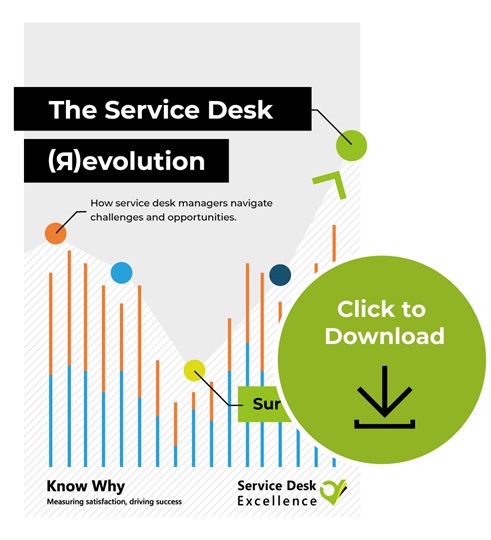The survey uncovers a broadly shared expectation among service desk managers: a substantial increase in both efficiency and effectiveness in the short run. The key to unlocking these gains? A focus on knowledge management, self-service capabilities, and the harnessing of new technology including AI. However, the journey is not without its hurdles, as existing ITSM software often falls short in supporting these advancements, prompting a search for add-on solutions that fill the gap.
Strategies for Elevating Performance
The findings from the survey don't just highlight expectations; they also pave a path for achieving them. Three pivotal strategies emerged for service desks aiming to reach 'the next level':
Adopting a Structured Approach to Continuous Improvement: Not every organization has a formal strategy for continuous improvement, yet it's crucial for fostering a culture of performance. Implementing a structured approach can significantly mature your service desk operations.
Refining Information Infrastructure: Service desk metrics and customer feedback are goldmines for improvement, yet many desks struggle to leverage this data fully. By pinpointing and addressing these information shortfalls, service desks can power their improvement strategies with actionable insights.
Mitigating ITSM Software Shortcomings: Identifying areas for efficiency and effectiveness gains is only half the battle; ensuring your ITSM software can support these efforts is equally critical. If current software falls short, exploring add-on tools or alternatives can provide a much-needed solution.
Key Areas for Continuous Improvement
Managers adopting structured approaches have identified five key areas crucial for fostering continuous improvement:
Lean and Agile Methodologies: Enhancing operational efficiency and team agility.
Continuous Monitoring: Ensuring ongoing assessment and strategic alignment of service delivery.
Proactive Problem Management: Turning incidents into opportunities for improvement.
Team Collaboration and Development: Nurturing team dynamics and continuous learning.
Quality Control and Feedback: Actively seeking improvements based on user experiences.
Opportunities for Growth
The survey also highlights areas poised for significant contributions to efficiency and effectiveness gains, including knowledge management, processes and procedures, self-service capabilities, and new technology. Notably, artificial intelligence (AI) stands out as a transformative force, promising to streamline knowledge management and enhance self-service options through chatbots and automation.
Course for the future
The Service Desk (R)evolution report not only maps out the current landscape but also charts a course for the future, offering service desk managers actionable insights to spearhead change within their organizations.
As we look ahead, the message is clear: by embracing continuous improvement, leveraging data, and integrating new technologies, service desks can not only anticipate change but drive it, setting new standards for efficiency and effectiveness in the process.
Download the report
Just click on the image below to get access to the report and download the pdf file. No contact details needed!





